-

Palladium(II) oxide CAS:1314-08-5
Palladium(II) oxide, also known as palladium dioxide, is a chemical compound composed of palladium in the +2 oxidation state combined with oxygen. It is a dark brown or black solid with a significant role in various industrial applications, catalysis, and materials science. Palladium(II) oxide exhibits unique properties that make it valuable for a wide range of chemical processes and industrial uses.
-
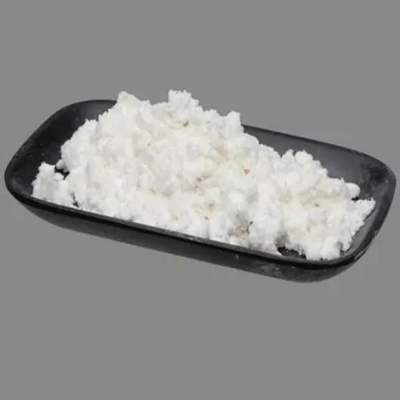
Palladium (II) acetate CAS:3375-31-3
Palladium(II) acetate is a chemical compound containing palladium in the +2 oxidation state coordinated with acetate ligands. It is a versatile and important compound with a wide range of applications in catalysis, materials science, and organic synthesis. The compound’s unique properties and reactivity make it a valuable tool in various chemical processes and industrial applications.
-
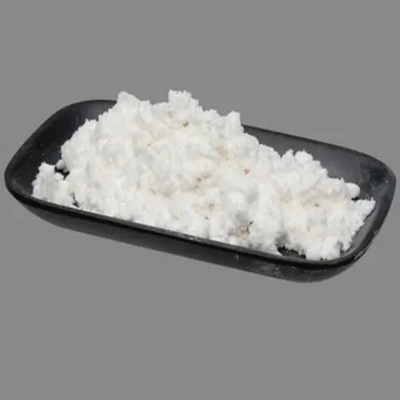
Lithium Difluoro(oxalato)borate CAS:409071-16-5
Lithium Difluoro(oxalato)borate (LiDFOB), commonly referred to as LIFOB, is a white solid substance with the molecular formula C2BF2LiO4. Its melting point ranges from 265-271°C while its boiling point stands at 275.3℃ at 102 kPa pressure. It has slightly solubility in water but low vapor pressure – only 0.003 Pa at room temperature. This compound should be stored in an inert atmosphere at ambient temperatures due to potential safety concerns associated with handling chemical reagents.
-
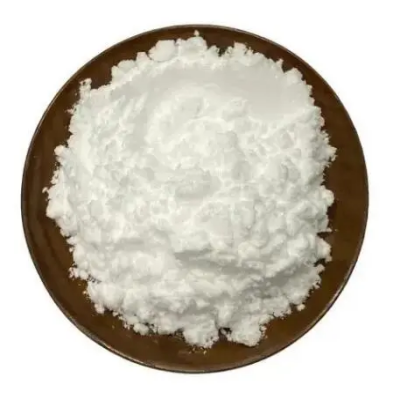
Heptafluorobutyric anhydride CAS:336-59-4
Heptafluorobutyric anhydride is a chemical compound with the molecular formula C8F14O3. volatile liquid that is primarily used as a derivatization reagent in analytical chemistry.
-

Palladium (II) chloride CAS:7647-10-1
Palladium(II) chloride, also known as palladium dichloride, is a chemical compound consisting of palladium in the +2 oxidation state, coordinated with chloride ions. It is a versatile and important compound with a wide range of applications in catalysis, materials science, and chemical synthesis. The compound’s unique properties and reactivity make it a valuable tool in various chemical processes and industrial applications.
-
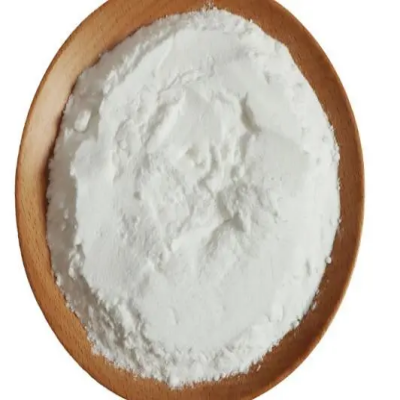
phosphoric acid tris-(2,2,2-trifluoro-ethyl) ester CAS:358-63-4
Phosphoric acid tris-(2,2,2-trifluoro-ethyl) ester, also known as TFP, is a chemical compound with the molecular formula C6H7F9O4P. It is a colorless, odorless liquid that is primarily used as a coupling agent and a reagent in organic synthesis.
-
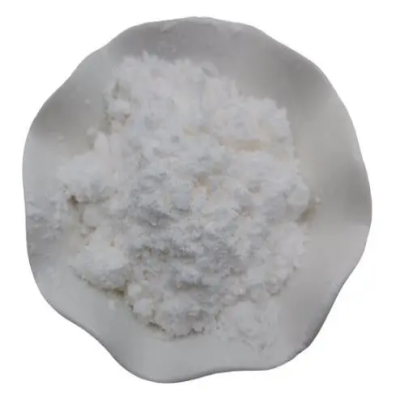
Di-p-xylylene CAS:1633-22-3
Di-p-xylylene, also known as parylene, is a polymer material that is formed through the chemical vapor deposition (CVD) of di-p-xylylene monomers. This unique polymer possesses high thermal stability, excellent barrier properties, and biocompatibility, making it suitable for a wide range of applications in various industries. Di-p-xylylene is a linear, highly crystalline polymer with exceptional resistance to solvents, moisture, and chemicals, as well as low permeability to gases and liquids.
-
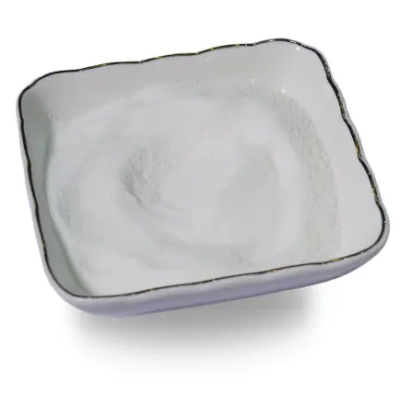
Hexadecyl trimethyl ammonium bromide CAS:57-09-0
Hexadecyl trimethyl ammonium bromide, also known as cetyltrimethylammonium bromide (CTAB), is a quaternary ammonium compound with the chemical formula C19H42BrN. It is a cationic surfactant that is widely used in various industrial, scientific, and pharmaceutical applications. CTAB is a white, waxy solid at room temperature and is soluble in water. It is known for its surfactant, emulsifying, and antimicrobial properties.
-
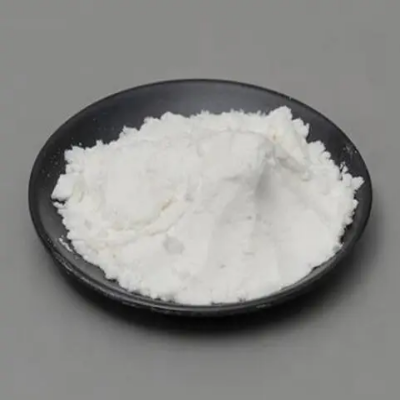
N-Methyl-2-pyrrolidinone CAS:872-50-4
N-Methyl-2-pyrrolidinone (NMP) is a powerful solvent with a high boiling point and low vapor pressure. It is a colorless to slightly yellow liquid with a mild amine-like odor. NMP is a versatile compound widely used in various industrial applications due to its excellent solvency, high chemical stability, and low toxicity.
-
![Dichloro-[2,2]-paracyclophane CAS:28804-46-8](https://cdn.globalso.com/xindaobiotech/GRKLPVJ3QSJRM3.png)
Dichloro-[2,2]-paracyclophane CAS:28804-46-8
Dichloro-[2,2]-paracyclophane is a chemical compound consisting of a cyclophane structure with two chlorine atoms attached to it. This molecule is characterized by its unique three-dimensional arrangement, which confers it with interesting properties and potential applications. The rigid and symmetrical nature of the paracyclophane framework, combined with the presence of chlorine substituents, imparts specific reactivity and structural features to this compound.
-
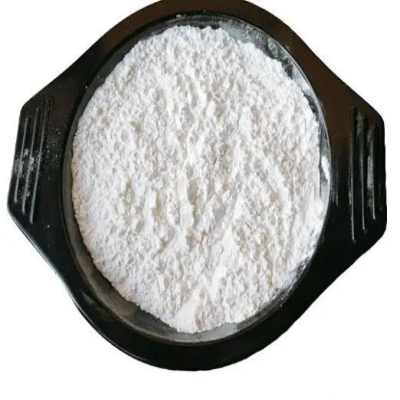
DIPHENYLDIFLUOROSILANE CAS:312-40-3
Diphenyldifluorosilane, often referred to by its abbreviation DPD, is an organosilicon compound that carries diphenyl and difluoride groups. It appears in the form of a colorless liquid with a light fruity odor. It has the chemical formula C6H5F2Si. Diphenyldifluorosilane can react readily with other compounds, making it useful in chemical synthesis processes.
-

Brij58 CAS:9004-95-9
Brij 58, also known as polyoxyethylene (20) cetyl ether, is a nonionic surfactant belonging to the Brij series of polyoxyethylene ethers. It is a waxy, white solid at room temperature and is commonly used as an emulsifier, solubilizer, and wetting agent in various industrial and pharmaceutical applications.

